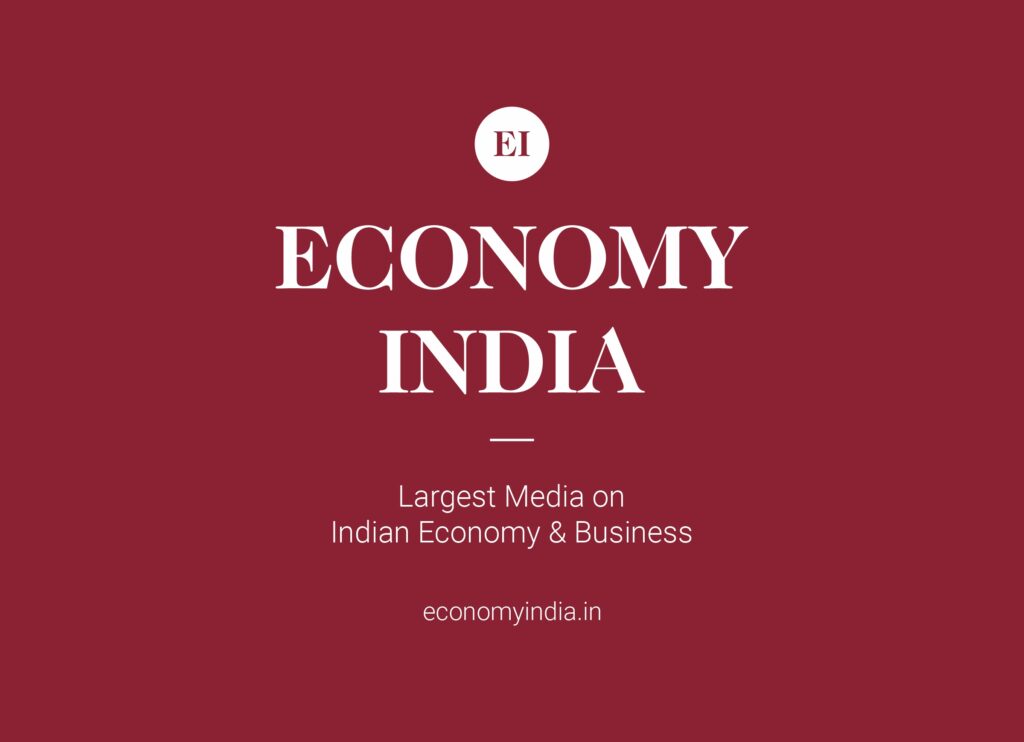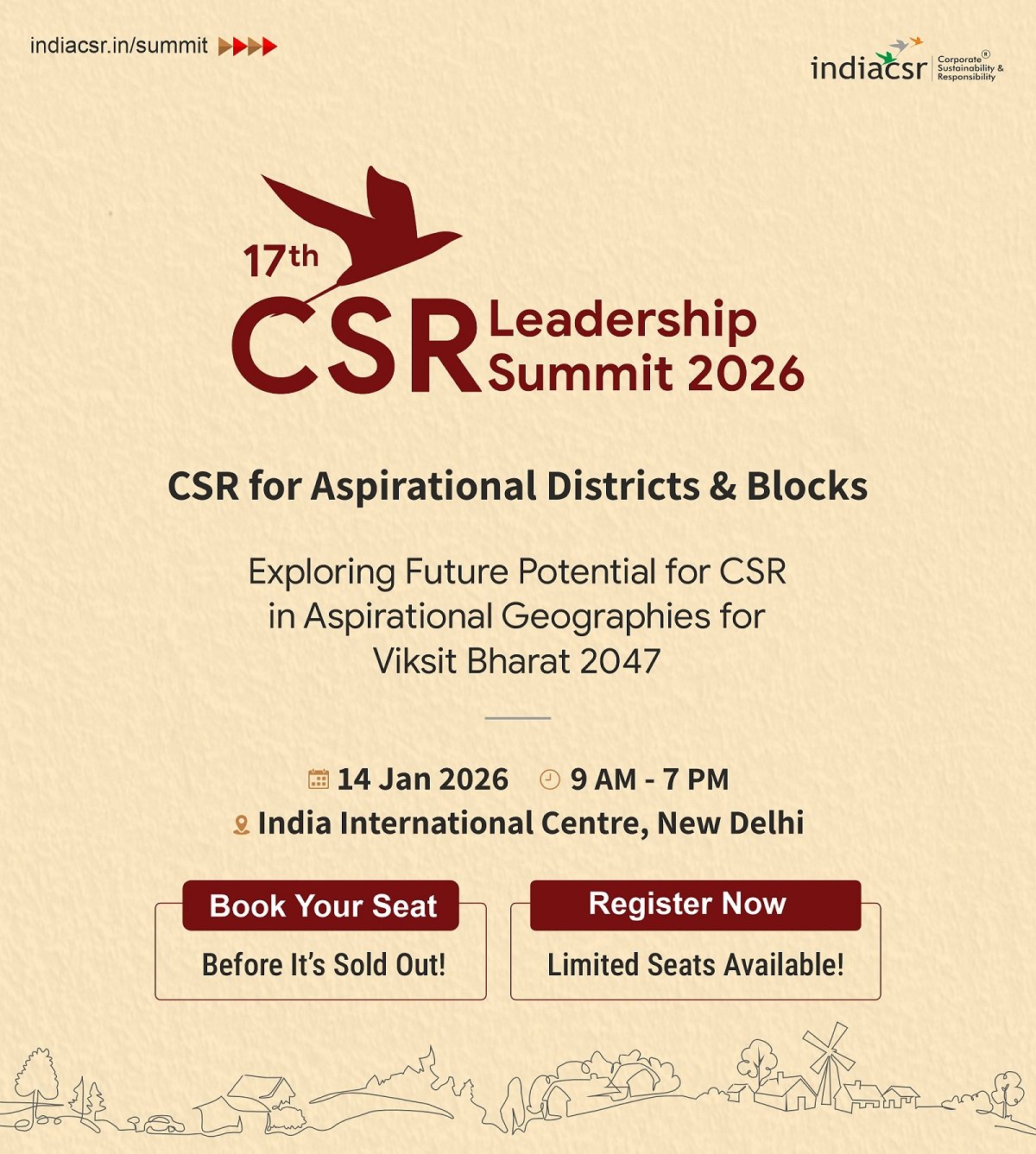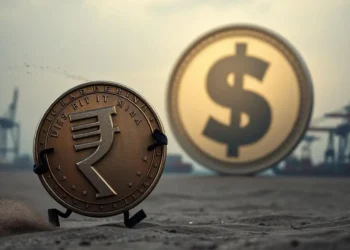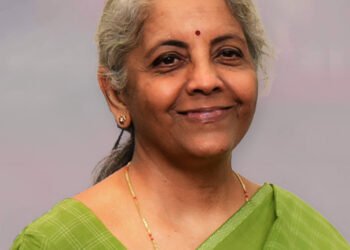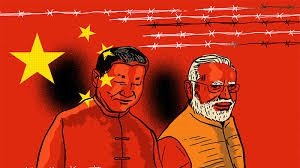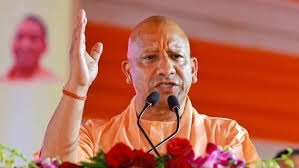New Delhi (Economy India): Prime Minister Narendra Modi on Tuesday inaugurated Semicon India 2025 at the Yashobhoomi Convention Centre in New Delhi, positioning India as a future global leader in the semiconductor sector. In a speech that blended optimism with strategic economic vision, the Prime Minister declared, “The day is not far when the world will say—Designed in India, Made in India, Trusted by World.”
The event, attended by key industry leaders, global semiconductor giants, policymakers, and dignitaries, marked a significant milestone in India’s ambition to emerge as a semiconductor manufacturing hub. Modi highlighted that despite global economic uncertainties and challenges created by what he termed as “economic selfishness,” India registered a 7.8% GDP growth in Q1 of FY2025–26, showcasing resilience across manufacturing, services, agriculture, and construction sectors.

PM Modi’s Key Highlights from Semicon India 2025
- India’s Economic Resilience:
Modi emphasized that India is performing strongly at a time when major world economies are facing stagnation. “Despite global challenges, India has shown 7.8% GDP growth in the first quarter. This is not limited to one sector but visible across manufacturing, services, agriculture, and construction,” he said. - Semiconductors as the “Digital Diamond”:
Drawing a historical comparison, the PM said, “If oil was the black gold of the 20th century, semiconductors are the digital diamond of the 21st century.” He stressed that chips, though small, power the engines of global growth. - From Backend to Full-Scale Nation:
India, long seen as a strong IT and design backend, is now determined to transition into a full-stack semiconductor ecosystem—from chip design and R&D to fabrication and manufacturing. - Welcoming Global Investors:
Modi assured global investors that India offers a stable policy environment, a large talent base, and significant market opportunities. “We are ready to welcome all investors to participate in India’s semiconductor story,” he said.

A Touch of Humor: Lightening the Mood
Modi began his speech on a humorous note, telling the audience, “I returned last night from my visits to Japan and China.” The audience applauded, prompting him to joke further, “Are you clapping because I went, or because I came back?” The remark drew laughter across the convention hall, showing his trademark blend of humor and statesmanship.
Government’s Broader Semiconductor Push
The Semicon India 2025 conference is part of the government’s India Semiconductor Mission (ISM) launched in 2021 with an outlay of ₹76,000 crore, aiming to attract global manufacturers and reduce reliance on imports.
Union IT Minister Ashwini Vaishnaw, who also spoke at the event, underscored the progress. “In just three and a half years since the launch of ISM, the world is now looking towards India with trust and confidence. We are no longer seen as followers, but as partners in shaping the future of semiconductors,” Vaishnaw said.
Delhi Chief Minister Rekha Gupta, also present, called the initiative a “strategic leap towards Atmanirbhar Bharat” and highlighted Delhi’s role in fostering innovation and R&D partnerships.
Why Semiconductors Matter for India
Semiconductors power everything—from smartphones, laptops, and automobiles to advanced defense systems and artificial intelligence. For India, developing an indigenous semiconductor ecosystem is not just about industrial growth but also national security and technological sovereignty.
- Current Dependence: India imports nearly $23–25 billion worth of semiconductors annually, with demand expected to rise to $100 billion by 2030.
- Global Trends: The U.S., Japan, South Korea, and Taiwan dominate chipmaking, while China is aggressively investing to achieve self-sufficiency.
- India’s Opportunity: With rising geopolitical tensions, companies are diversifying away from China. India, with its large engineering talent pool and supportive government policies, stands as an attractive alternative.
India’s 7.8% GDP Growth Amid Global Slowdown
Modi’s remarks on GDP growth were not just celebratory but also strategic. While advanced economies like the U.S. and Europe are struggling with low growth and inflation, India remains the world’s fastest-growing major economy.
Key Drivers of Growth:
- Manufacturing: Boosted by “Make in India” and PLI schemes, electronics and automotive production have seen strong momentum.
- Services: IT and digital services continue to drive exports and employment.
- Agriculture: Despite erratic monsoons, resilient productivity supported rural demand.
- Construction: Infrastructure push, including highways, railways, and housing, contributed significantly.
This resilient growth gives India the confidence to project itself as a reliable hub for global investments.
Semiconductors: The “Oil” of the Digital Age
PM Modi’s analogy of semiconductors being the new oil underlined their strategic importance:
- 20th Century: Countries with oil reserves held economic and geopolitical power.
- 21st Century: Nations with semiconductor dominance will dictate the pace of technological innovation, military strength, and economic competitiveness.
By positioning semiconductors as the “digital diamond,” Modi framed India’s semiconductor push as a national priority comparable to energy security.
Challenges Ahead
Despite optimism, several challenges remain:
- Fabrication Costs: Setting up semiconductor fabs can cost upwards of $10 billion each.
- Supply Chain Gaps: India lacks raw material processing, advanced lithography technologies, and a robust supplier ecosystem.
- Skilled Workforce: While India has engineers, specialized semiconductor manufacturing requires new training and global partnerships.
- Global Competition: Taiwan’s TSMC, South Korea’s Samsung, and U.S. giants like Intel have decades of experience. India must move fast to catch up.
Global Confidence in India
Several international firms, including Micron (USA), Foxconn (Taiwan), and Tower Semiconductor (Israel), have already announced partnerships or investment plans in India.
- Micron is building a $2.75 billion chip assembly and testing plant in Gujarat.
- Foxconn is exploring multiple joint ventures for fabrication.
- ISM is in discussions with several Japanese and European players for R&D collaborations.
This reflects growing confidence that India can play a significant role in reshaping global supply chains.
Expert Views
- Dr. R. Chandrashekhar, former IT Secretary: “India’s semiconductor push is both economic and strategic. If executed well, it can transform India’s role in the global economy.”
- Prof. Anjali Sharma, IIM Bangalore: “GDP growth of 7.8% during global slowdown signals macroeconomic stability. But semiconductor investments must be long-term, as returns won’t come overnight.”
- Global Analyst (IDC): “India has missed previous semiconductor waves. This time, with geopolitical shifts, it has a rare second chance.”
The Road Ahead
India’s roadmap for becoming a semiconductor hub rests on three pillars:
- Policy & Incentives: Stable government support through subsidies, tax breaks, and infrastructure investments.
- Talent Development: Building specialized institutions for chip design and nanoelectronics.
- Global Partnerships: Collaborations with U.S., Japan, Taiwan, and Europe to bridge technology gaps.
From “Make in India” to “Trusted by World”
PM Modi’s declaration at Semicon India 2025 reflects both aspiration and determination. The message was clear—India does not just want to be the world’s IT backend or assembly hub; it wants to be a full-scale, trusted semiconductor nation.
As the PM put it: “The chip may be small, but it carries the power to accelerate the world’s development. India is ready to contribute to this new digital future.”
With a robust GDP growth, global investor confidence, and strategic government focus, India’s semiconductor dream may indeed become the “digital diamond” of its economic future.
(Economy India)



